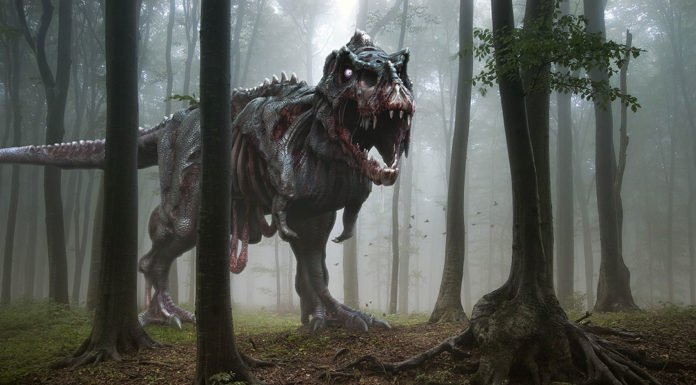Like on-screen zombies in popular TV programmes such as The Walking Dead that gradually deteriorate through time, fossils preserve only incomplete remains of the living body. Now, a study revealed how the history of life can be distorted by the ways animals decompose and lose body parts as they decay. The study also exposed about the way in which decayed bodies ultimately become fossilized.
The study conducted by the University of Leicester has followed a macabre, and nasally-challenging road to knowledge, where scientists carefully observed how animal carcasses decompose.
The vital part of the study is reconstructing long-extinct creatures to understand what they were like when they were alive. Doing this enabled scientists to better understand some basic questions like how did they move and interact with their environment? How did they feed and reproduce? Which of today’s organisms are they most like and most closely related to?
Professor Sarah Gabbott from the University of Leicester’s School of Geography, Geology and the Environment said, “As soon as an organism dies, it starts to decay, and this process of decomposition inevitably involves changes in how features or body parts look: they may collapse, alter their shape or position; all too soon they liquefy and are eaten by bacteria until nothing remains.”
Seeing the amount of a fossil is missing, and what has been changed by rot and fossilization, makes a more exact picture of antiquated creatures and biological systems. This is especially essential for things lacking hard skeletons and shells – including significant fossil confirmation of early creature living on Earth.
Professor Mark Purnell, lead author of the study adds: “The more a body deteriorates over time, the more body-parts are missing – rather like modern representations of zombies in Game of Thrones and The Walking Dead.
“One consequence of this decay is that paleontologists have to work with incomplete fossils. Some of the features that are present don’t look anything like they did when the animal was alive, and many features are missing completely. The trick is to be able to recognize partially-decomposed features, and where body parts have rotted away completely.”
The results of rotting a whole range of dead animals, from hagfish and lampreys (primitive eel-like creatures) to insects and various worms, show that carefully designed experiments provide unique insights into the processes of decomposition and fossilization.
Dr. Maria McNamara, a collaborator in the study, adds: “If we understand this we are better able to avoid producing incomplete restorations of animals with crucial parts missing or decayed, and to recognize and be aware of the gaps in our knowledge,”.
The study is published in the journal Palaeontology.
